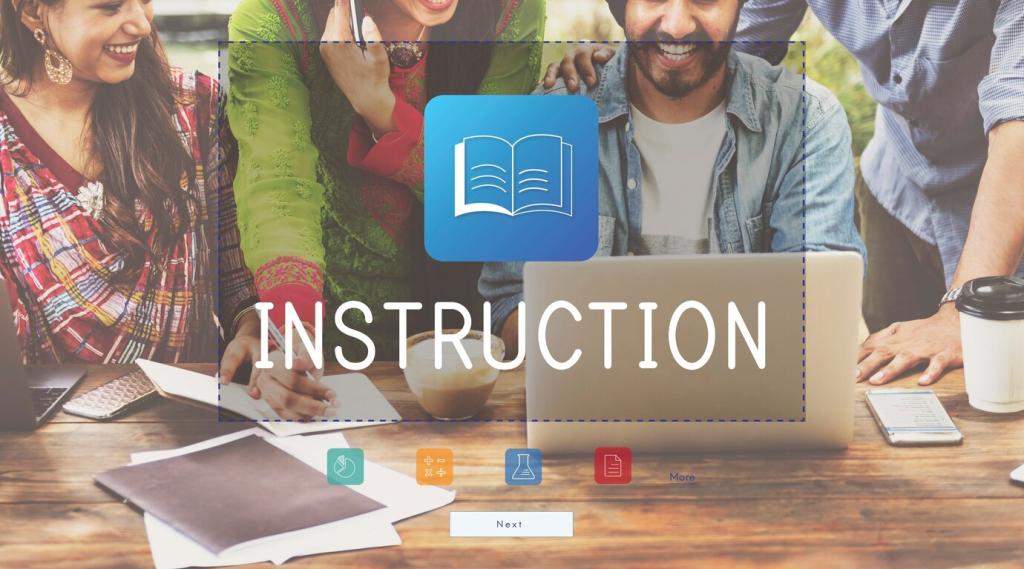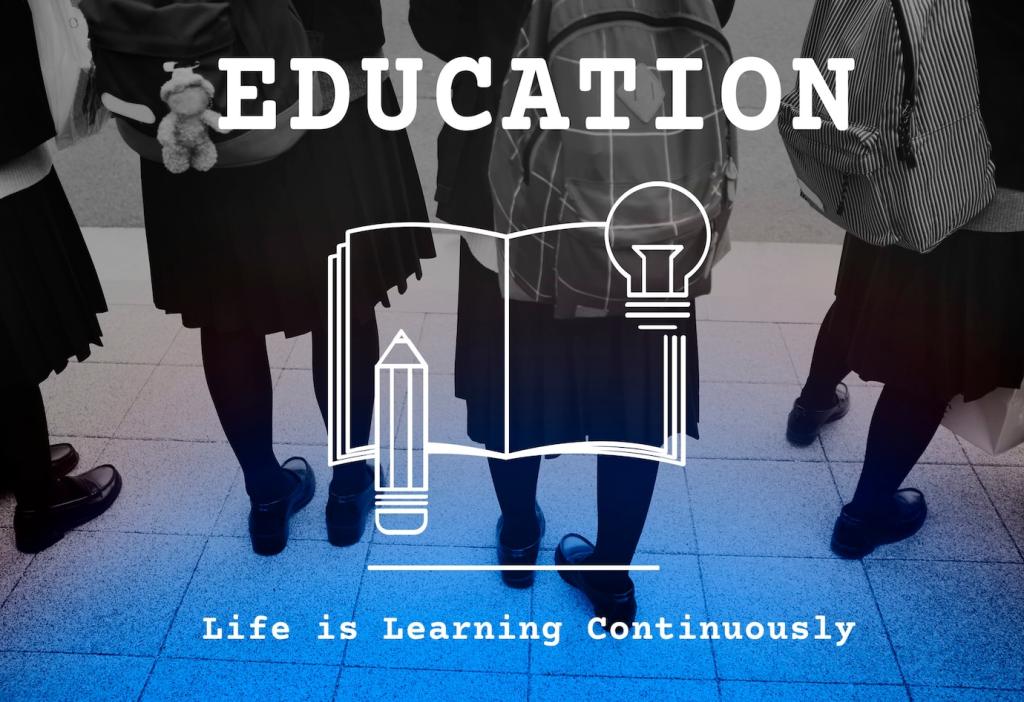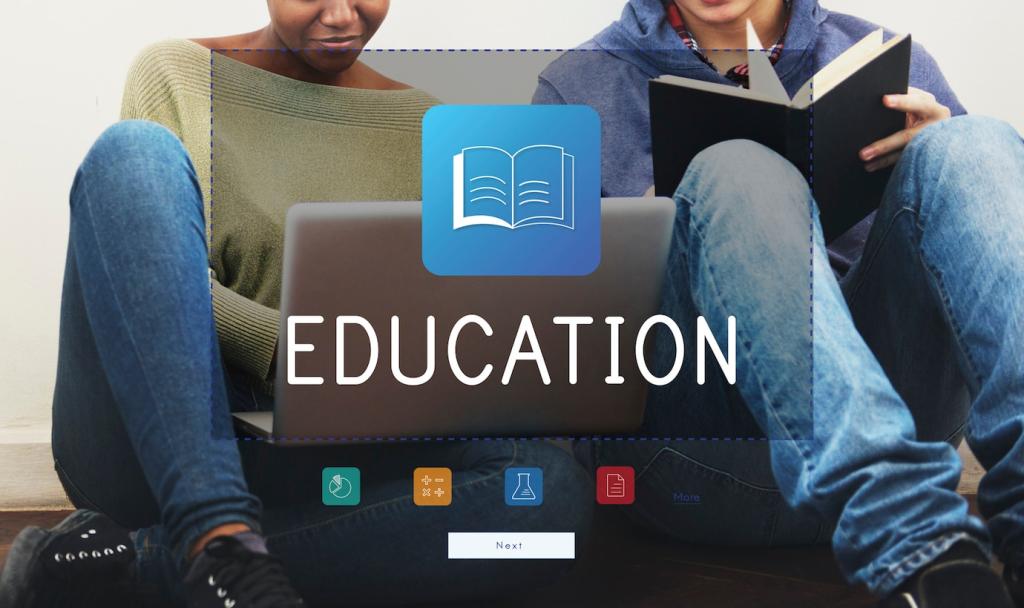Ethical AI for Guide Authors
Write prompts from learning objectives, not vibes. Include audience, misconceptions to avoid, style constraints, and source anchors. Pair outputs with human review and subject expertise. The best AI drafts save time and raise quality without inventing facts or flattening voice.
Ethical AI for Guide Authors
Keep visible changelogs, show diffs, and annotate AI-assisted edits. Learners and co-authors deserve to know what changed and why. Transparency builds trust and invites richer feedback because everyone sees the evolution, not just the latest polished layer.















